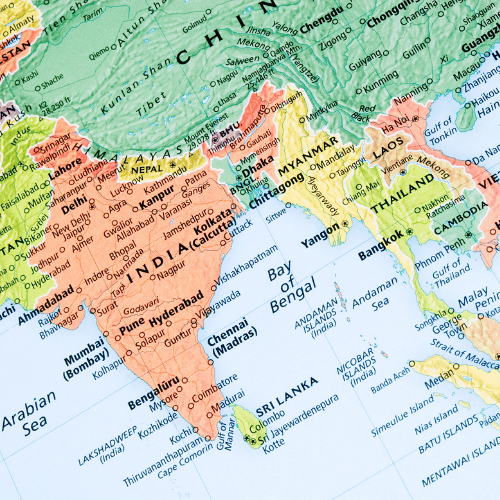Nirmala Sitharaman expressed India’s GDP growth for Q1 of the current financial year 2022-23 at 13.5% on a year-on-year basis the most elevated among the enormous economies.
India’s economy contracted by 23.9 percent in the first quarter of the present fiscal. For the first time in 40 years, the GDP registered negative growth. While the construction activity halved in the first quarter, the manufacturing sector had a freefall.
The first quarter saw an unprecedented closure of shops, markets, and industries, forcing the economy’s wheels to a standstill. Except for agriculture, almost all the intersections of the economy were severely hit. The central government, she noted, is on a consolidation path and has budgeted to prune the GFD-GDP ratio to 6.4% from 6.7% in 2021-22 and 9.2% in 2020-21.
“We see consumer spending picking up at 26% in Q1. This is made possible by bolstering consumer confidence and revival of contact-intensive activities. But still, there’s scope for improvement as the key trade, hotel, restaurant GVA is yet to cross the pre-pandemic level,” Sitharaman expressed.
On the acquisition side, gross fixed capital construction of spontaneous growth shot up to 20% in Q1 which has been driven largely by governments and public sector undertakings in the transport sector as also by housing, construction, steel, pharma, and IT in the private sector.
India’s foreign exchange reserves at $537.5 billion as on September 23, 2022, compare favorably with most peer economies. Two-thirds of the decline in reserves is due to valuation changes arising from an appreciating US dollar and higher US bond yields.
Further, Nirmala Sitharaman said, “The turnaround of the corporate sector as also as the banking sector provides a cushion for absorbing risks in the economy. In the pre-pandemic phase, these sectors were suffering from the twin balance sheet problem. Refund of their balance sheets has been a priority”.
The way things are changing after the pandemic and people have created back belongingness towards their work life. We can predict a 15% of growth during the month of September.















